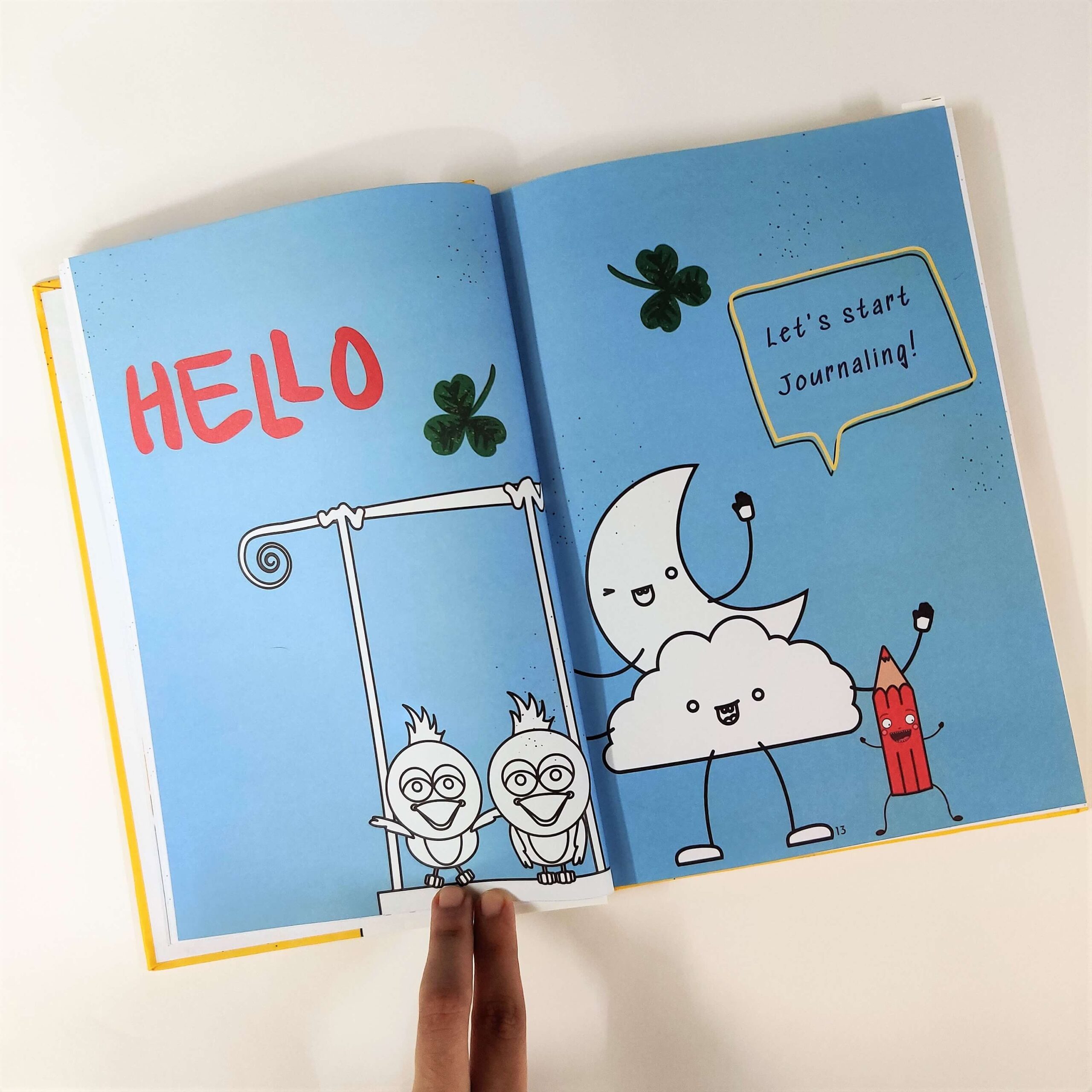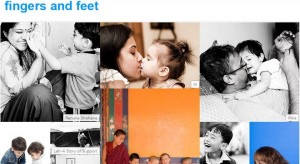Speech and language development of your child is a fascinating process in which you and your child each have intertwining roles. You will discover that your child learns to talk with your active partnership in his journey of language acquisition. Although every child is unique and develops differently, as a parent you can get worried if your child doesn’t talk on time or like his peers. Here are some vital insights.
Child not engaging or socialising with you by one year – Often parents are a baby’s first playmates. In the first year of life, your baby should constantly engage with you in various ways. Looking at you and smiling, making raspberry noises at you, babbling with you, making faces looking at you, handing over toys to you, pulling your hair to get your attention are some examples of connections that your baby should be trying to make in his first year of life.
Child not making speech sounds by 18 months – Between 12 to 18 months most babies should be playing around with various speech sounds! They should be exploring combinations of various consonants and vowels. Most kids have uttered their first meaningful word by this time and their verbal output or speech should hear like an amalgamation of a variety of different words or word approximations. Rich verbal utterances can even be jumbled words uttered by a child which has many consonants in it. Some examples –
- Mumum for Milk
- Wata for Water
- Kiki for Kitty
- Tapo for Laptop
You may also like: Tips to deal with children with special needs
Child unable to join 2 words together by 2 years – By the age of 2 years, children should be able to say more than 50 words and should be joining two words to make simple sentences to express themselves. Some examples can be-
- ‘mummy come’
- ‘play ball’
- ‘give car’
- ‘bath time’
- ‘eat roti’
Children at this age are also able to understand a lot more than that they can express. They should be able to follow commands like ‘pick up the block’, ‘give me the ball’ , ‘come in the kitchen’ etc.
Child’s words not intelligible/clear to strangers by 2.6 years – As children learn to speak sentences they are doing a lot of hard work. Speaking clearly requires immense coordination of the mouth muscles and hence many children are not very clear until they are older. However, if a child’s speech is not at all intelligible to strangers by 2 and a half years it might warrant attention. A child’s speech may be understood by his parents or very close family members as parents learn it over time. Some common error patterns found in children’s speech before the age of 3 are –
- Deleting final consonant – Ba for Bat
- Deleting unstressed syllable – Nana for Banana
- Assimilating consonant – Tat for Cat
- Repeating sounds – Tata for Table
- At 18 months: You should be able to understand your child 25 % of the times
- At 2 years: You should be able to understand your child 50 – 55 % of the times
- At 3 years: You should be able to understand your child 75 – 100 % of the times
You may also like: Expert take on sleep patterns in children and co-sleeping
Child has difficulty imitating or producing different speech sounds by 2.6 – 4 years
There are some speech sounds which are easily audible, like p, b, m. They are produced by the lips and are easy to copy. On the other hand, there is some inaudible speech sounds like k, g , kh , h – which are produced deeper inside the mouth and can be difficult to imitate. Most children should be able to produce these various speech sounds by 4 years. Speech development is a process and all the various speech sounds are mastered at different ages. Here are some basic guidelines
- 3 years – p,b,m,h,n,w
- 4 years – t,d, k, g f, d, y
- 5 years – j, ch, sh
- 6 years – l, v, s, ng
- 7 years – th, z, r
As a parent your role in your child’s speech and language development is crucial. If you feel that your child shows any of the above signs it is best to contact a Speech Language Therapist for a detailed assessment. Through professional help y, u will learn simple strategies to overcome your child’s difficulties early on.
Research suggests that the ‘wait and watch approach’ is not suitable for Speech and Language growth in children. Delaying taking help delays important treatment that can make a world of positive difference to your child.
Don’t forget to follow us on Facebook, Twitter, Pinterest, Soundcloud & Instagram or subscribe to our YoutubeChannel for more information.




















